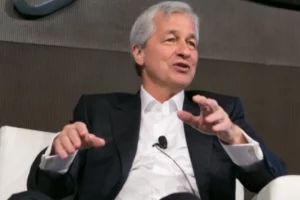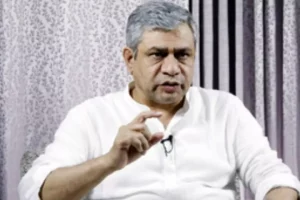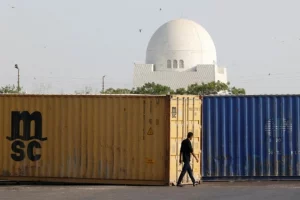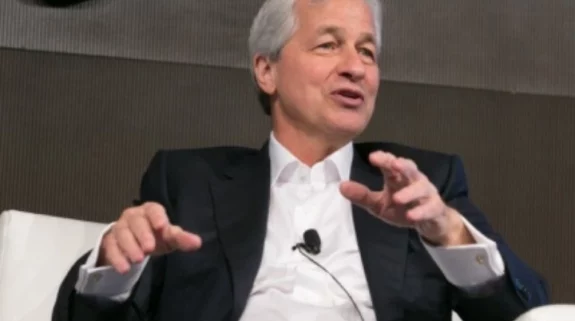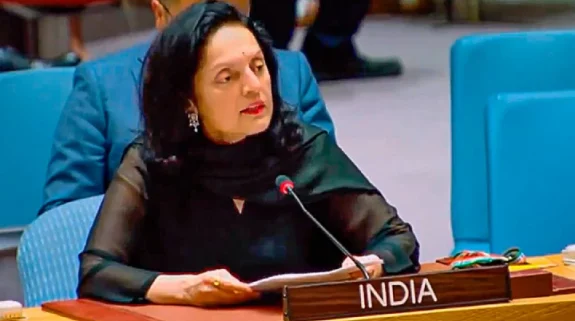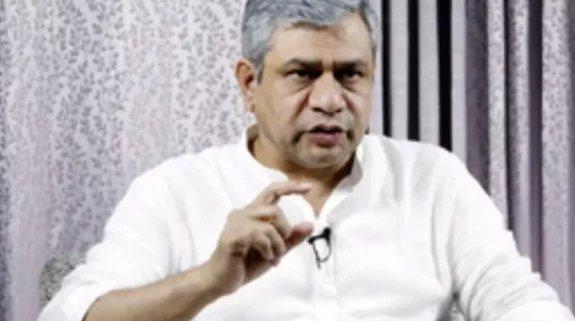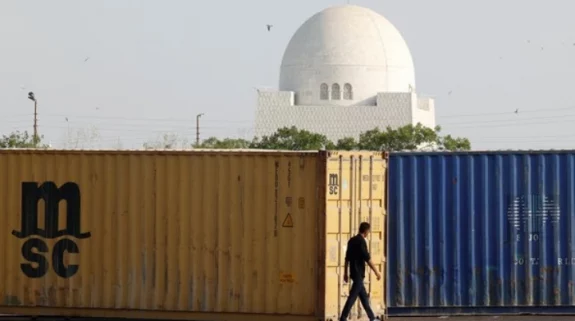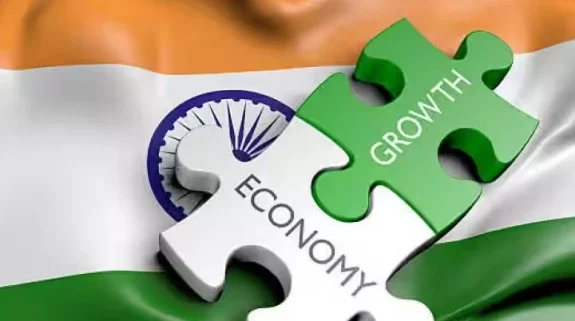India’s rice exports to China have been increasing slowly, notwithstanding the military standoff between the two neighbours. According to a recent Reuters report, China is said to have contracted exports of 100,000 tonnes of broken rice in the December to February period at around $300 per tonne from India.
Typically rice from Thailand and Vietnam is exported at over $400 for a tonne. Rice produced in India has remained reasonably priced with a record production of the grain. Rice Exporters Association (REA) President BV Krishna Rao early last month told MoneyControl that China has already bought about 60,000 tonnes so far from two rice mills in India.
According to Worldstopexports, a data collation portal, India supplied rice – parboiled rice– worth $515,000 to China in 2019 accounting for 0.04 per cent of Beijing’s total rice import requirements. The portal also added that since 2018, India’s exports of rice to China, the largest importer of the grain, has gone up due to shrinking supplies from Thailand. Experts, who refused to be identified pointed out that the quantum of indirect export of rice to China from India is significantly higher.
This means that India’s rice exports are first routed to a third country before shipping the grain into China. Thailand has been China’s largest rice exporter has shrunk considerably in the last two years. However, Bangkok Post in an article published in July said that Thailand’s rice exports in 2020 could drop to the lowest level in seven years as a strong baht—the country’s local currency—weakened the competitiveness while regular floods have been damaging production.
The Thai Rice Exporters Association has projected a drop in outward shipment of the grain from 7.5 million tonnes last year to 5 million tonnes this year. India’s rice exports have recorded whopping growth of 70 per cent to touch 7.5 million tonne during the first six months of the current financial year. This is primarily due to the doubling of the non-basmati rice exports supported by healthy demand from countries in Africa and south-east Asia.
According to commodities website Agfax, ever since India repealed its three-year non-basmati export ban in late 2011, it has been the dominant global exporter, edging out Thailand which had held that role for over three decades.







